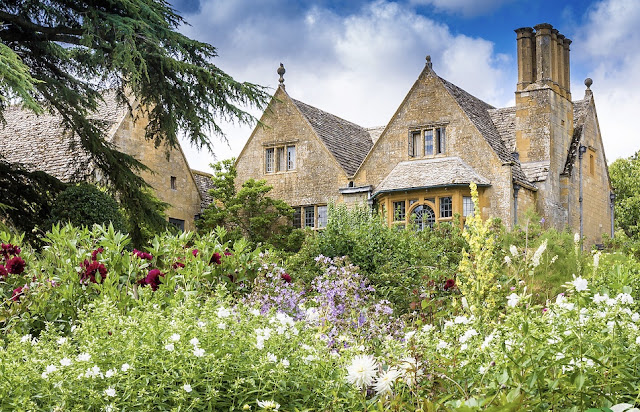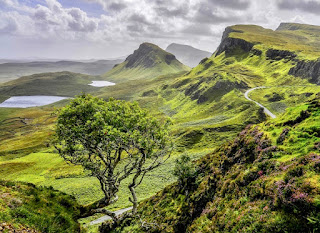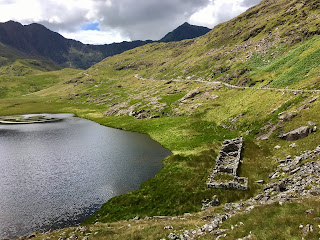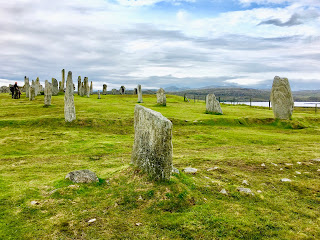English Landscape Gardens

English Landscape Gardens. Because I’ve created a new Cotswolds small group tour, that will include a couple of very special gardens, I thought that I should write a little piece on England’s gardens....landscape gardens in particular. Over the years, I’ve been fortunate enough to visit some great gardens scattered all over the British Isles, and I have to say that the Brits are justifiably proud of this aspect of their culture. The predecessors of the landscape garden in England were the great parks created by people such as Sir John Vanbrugh (1664–1726) and Nicholas Hawksmoor at Castle Howard (1699–1712), Blenheim Palace (1705–1722), and the Claremont Landscape Garden at Claremont House (1715–1727). These parks featured vast lawns, woods, and pieces of architecture, such as the classical mausoleum designed by Hawksmoor at Castle Howard. At the center of the composition was the house, behind which were formal and symmetrical gardens in the style of the garden à la f





